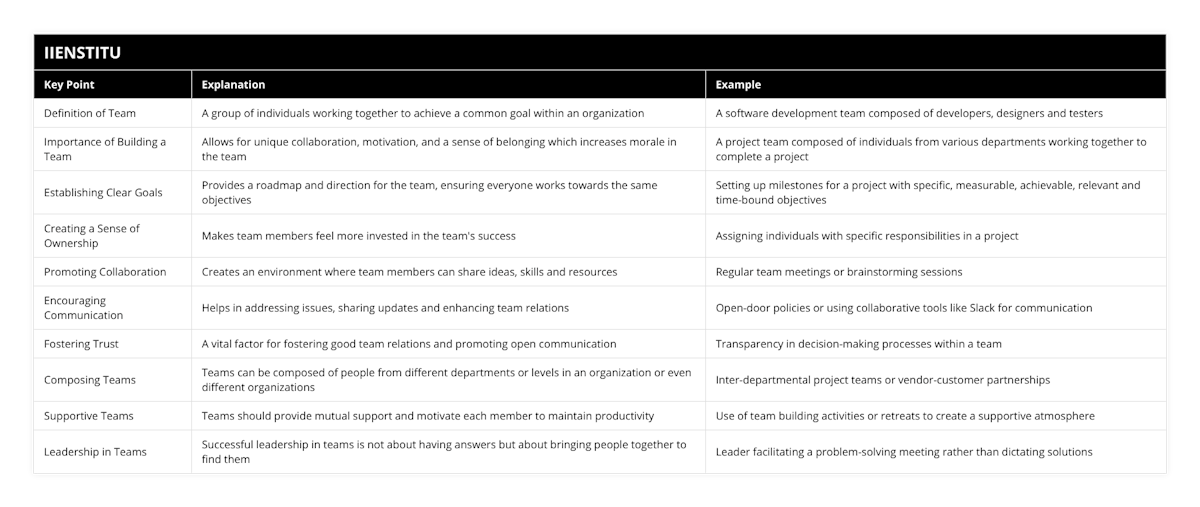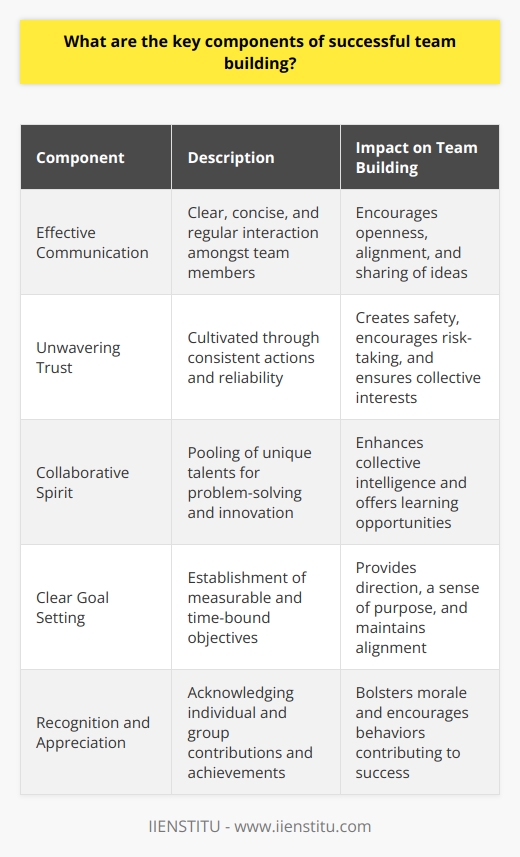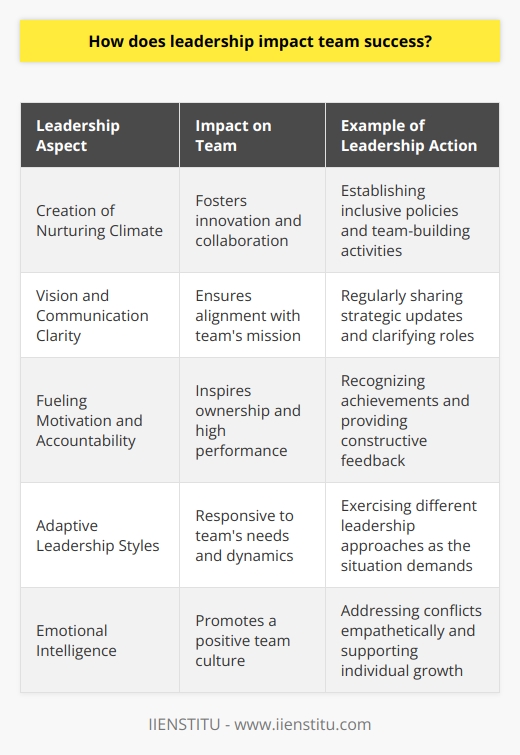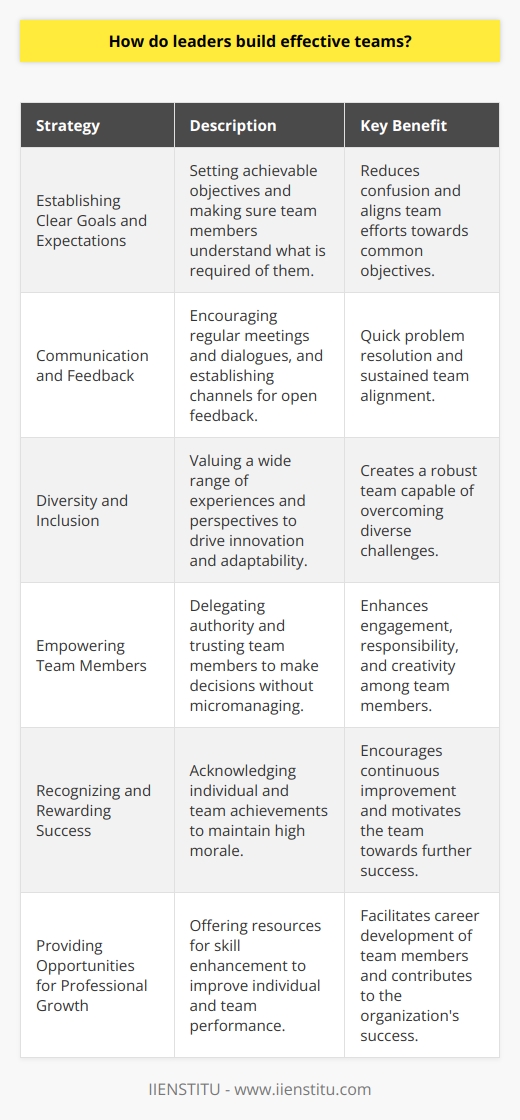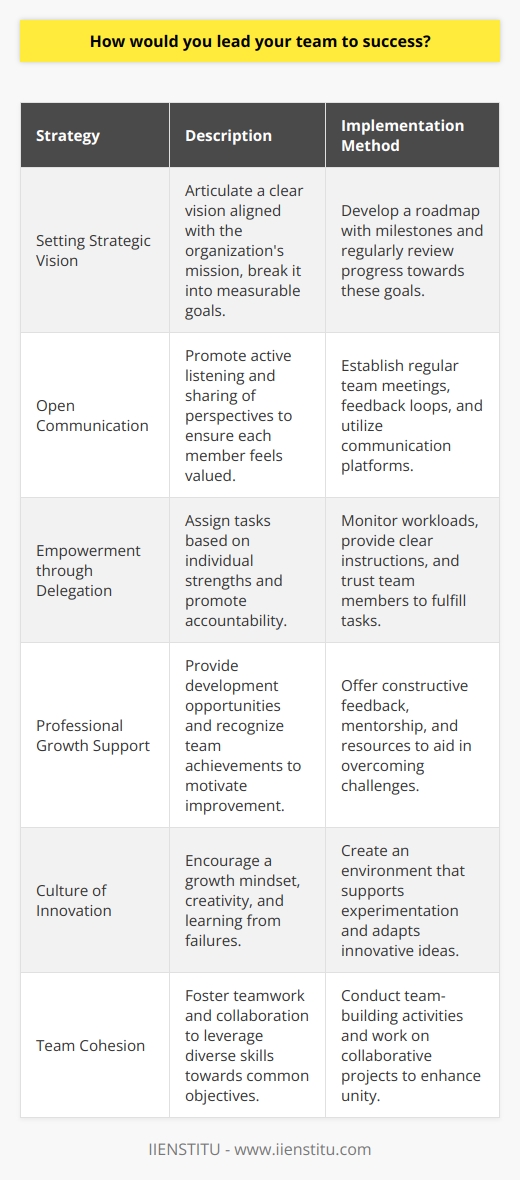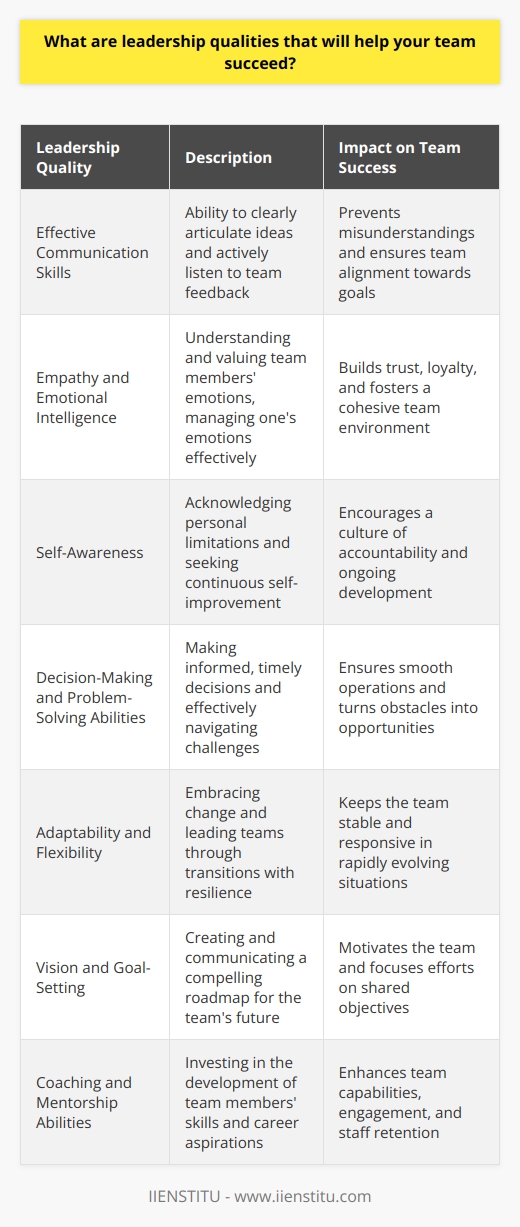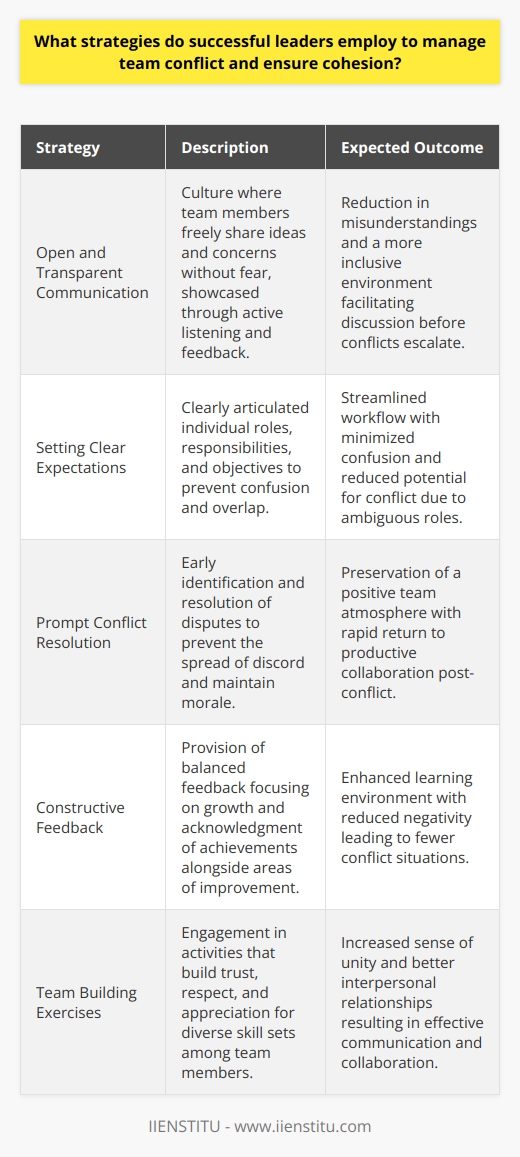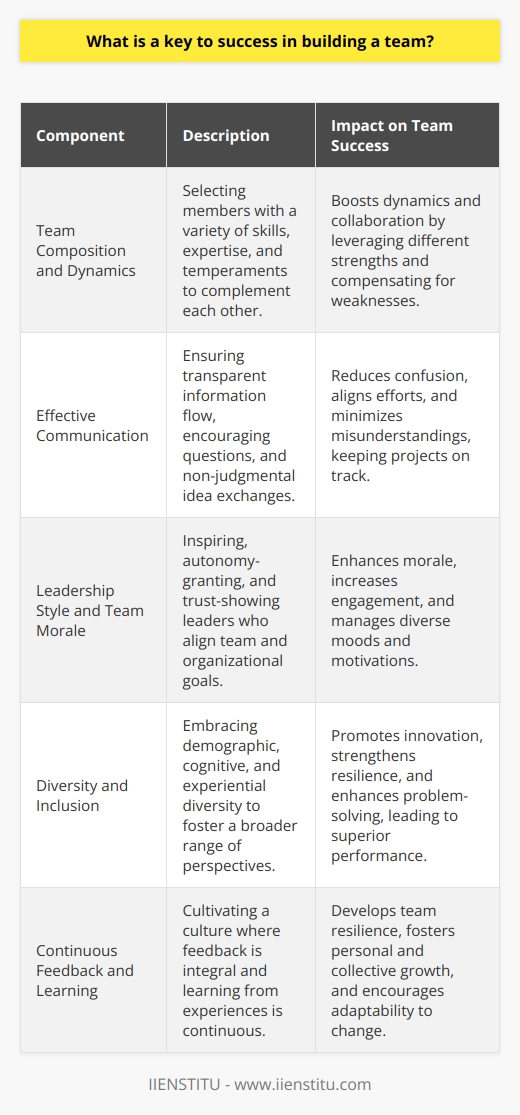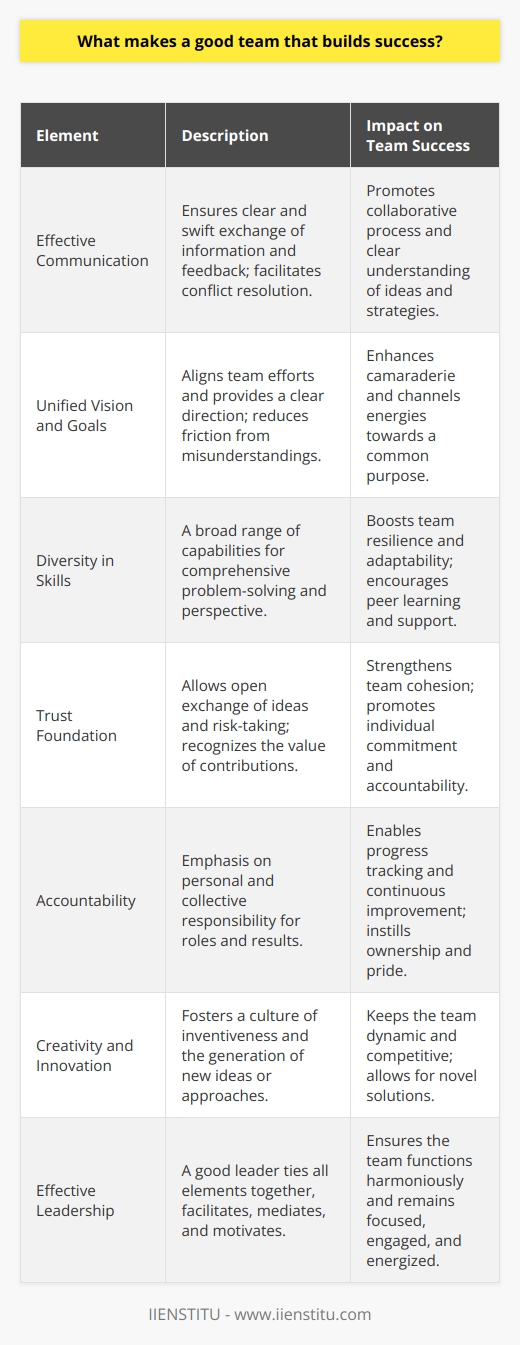This article discusses the importance of building a team, along with examples and strategies for building a successful team. It is essential to understand the concept of a team and its importance, as well as to establish clear goals, create a sense of ownership, promote collaboration, encourage communication, and foster trust to create successful teams.
Introduction
1 Definition of Team
The Importance of Building a Team
Examples of Building a Team
Strategies for Building a Team
Introduction: Team is an essential concept in any organization, and it is crucial to understand its importance and how to build a successful team. In this article, we will define the concept of a team, discuss the importance of building a team, provide examples, and provide strategies for building a team.
Definition of Team
In a business context, a team is a group of individuals working together to achieve a common goal. Teams can be composed of people from different departments, or they can be composed of people from the same department. Teams can also be composed of people from different organizations, such as vendors and customers. Teams can be composed of people from different levels of the organization, such as managers and employees.
The Importance of Building a Team
Building a team is essential because it allows for a unique collaboration, which can lead to better results. Teams are also crucial for providing support and motivation to members, which can help them stay focused and productive. Additionally, teams can provide a sense of belonging and shared purpose, which can help increase morale and foster a sense of camaraderie.
Examples of Building a Team
One example of building a team is a software development team. This team typically includes developers, designers, and testers working to create a product. Another example of building a team is a project team composed of individuals from various departments working together to complete a project.
Strategies for Building a Team
There are several strategies for building a team, including:
Establishing clear goals: It is essential to set clear and achievable goals for the team so that everyone is working towards the same objectives.
Creating a sense of ownership: It is essential to create a sense of ownership among team members so that they feel invested in the team's success.
Promoting collaboration: Collaboration is essential for successful teams, so fostering an environment that encourages collaboration is vital.
Encouraging communication: Effective communication is essential for successful teams, so creating an environment that encourages open and honest communication is crucial.
Fostering trust: Trust is essential for successful teams, so it is crucial to create an environment where team members trust each other.
Conclusion: Team building is an essential concept in any organization, and it is crucial to understand its importance and how to build a successful team. In this article, we have discussed the concept of a team, the importance of building a team, examples of building a team, and strategies for building a team. By following these strategies, organizations can create successful teams that are productive, collaborative, and supportive.
Leadership is not about having all the answers but having the ability to bring people together to find them.
Related Course: Online Leadership Course
